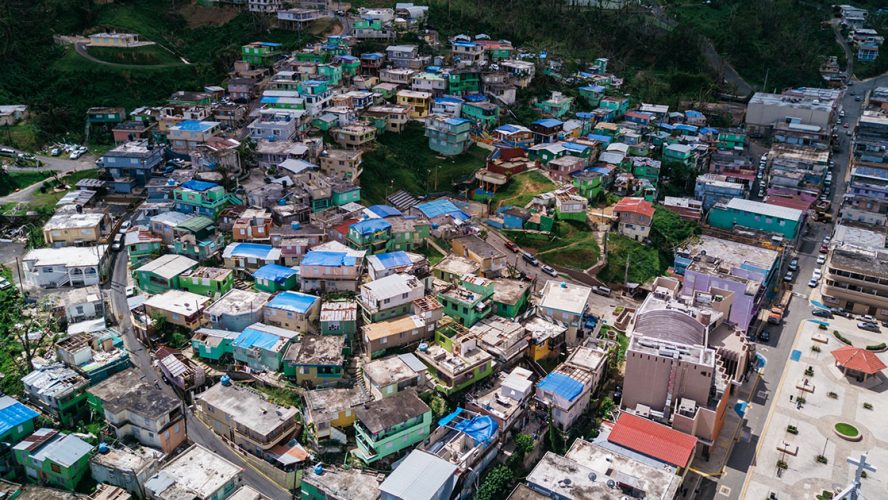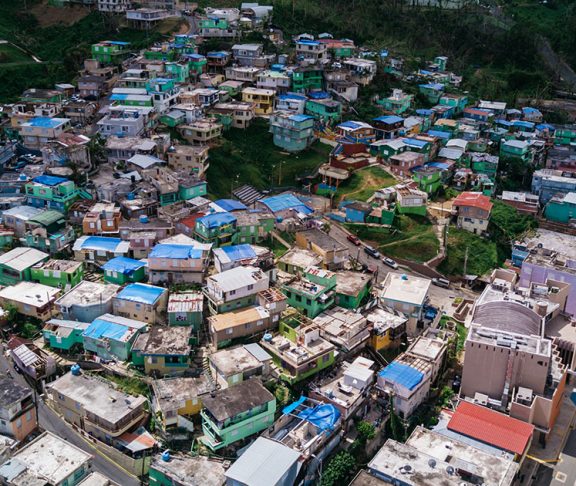It’s necessary to switch the paradigm in disaster response from one predicated on reactionary efforts and dependency to one based on proactive whole community readiness. There is a simple way to mitigate the negative impact of disasters, both to prevent loss of life and to minimize significant economic impact and that is through strategically focusing on readiness. Communities, businesses and local institutions that continue to rely on the traditional response infrastructure without actively working to become intentional community-based resources in times of crisis are perpetuating an archaic, inefficient and detrimental construct.
A community’s greatest asset
The greatest assets and resources in response scenarios are the impacted communities themselves. It’s time local businesses and institutions celebrate the notion of self-sufficiency and realize they can continue to provide continuity of service in times of emergency as part of their civic duty to their customers, employees and greater community.
A real world example
Putting this into a real-world context, imagine the power grid and telecommunications infrastructure has been damaged and water distribution infrastructure impugned. Roads are blocked and there is severe flooding. There is no connectivity, no power, no communications, no water from the faucet and no local grocery store. This may sound like a far-fetched scenario, but this was the reality in Puerto Rico.
Conventional practice would have left the stricken island to wait for external aid to arrive which takes time, is logistically complicated and extremely costly both to execute and to the undercutting of the local capacity that results.
On the other hand, some simple preparedness measures could help Puerto Rico and other areas mitigate the negative effects of disaster. These could include: generators with large backup fuel stores in grocery stores; small M2M satellite connectivity systems in place in markets, gas stations and banks to safeguard access to capital and credit cards; logistical providers like food suppliers to pre-plan supply drop routes and schedules in times of emergency; natural community gathering places like gyms, bars or community centers installed with solar panels and water purification systems. These sorts of simple steps and redundancy measures would result in a far less significant impact to the community and less of a need for external aid.
The good news
The good news is getting to a state of readiness is not difficult. While it requires a mix of art and science, building a culture of readiness can provide critical life-saving services simply by ensuring continuity of service despite environmental disruptions. All it takes in a lot of cases is redundant connectivity, auxiliary power and fuel reserves, and pre-planning with suppliers and partners. If simple measures are taken everyone wins, including impacted communities, small businesses, first responders, insurance companies and federal relief organizations.

